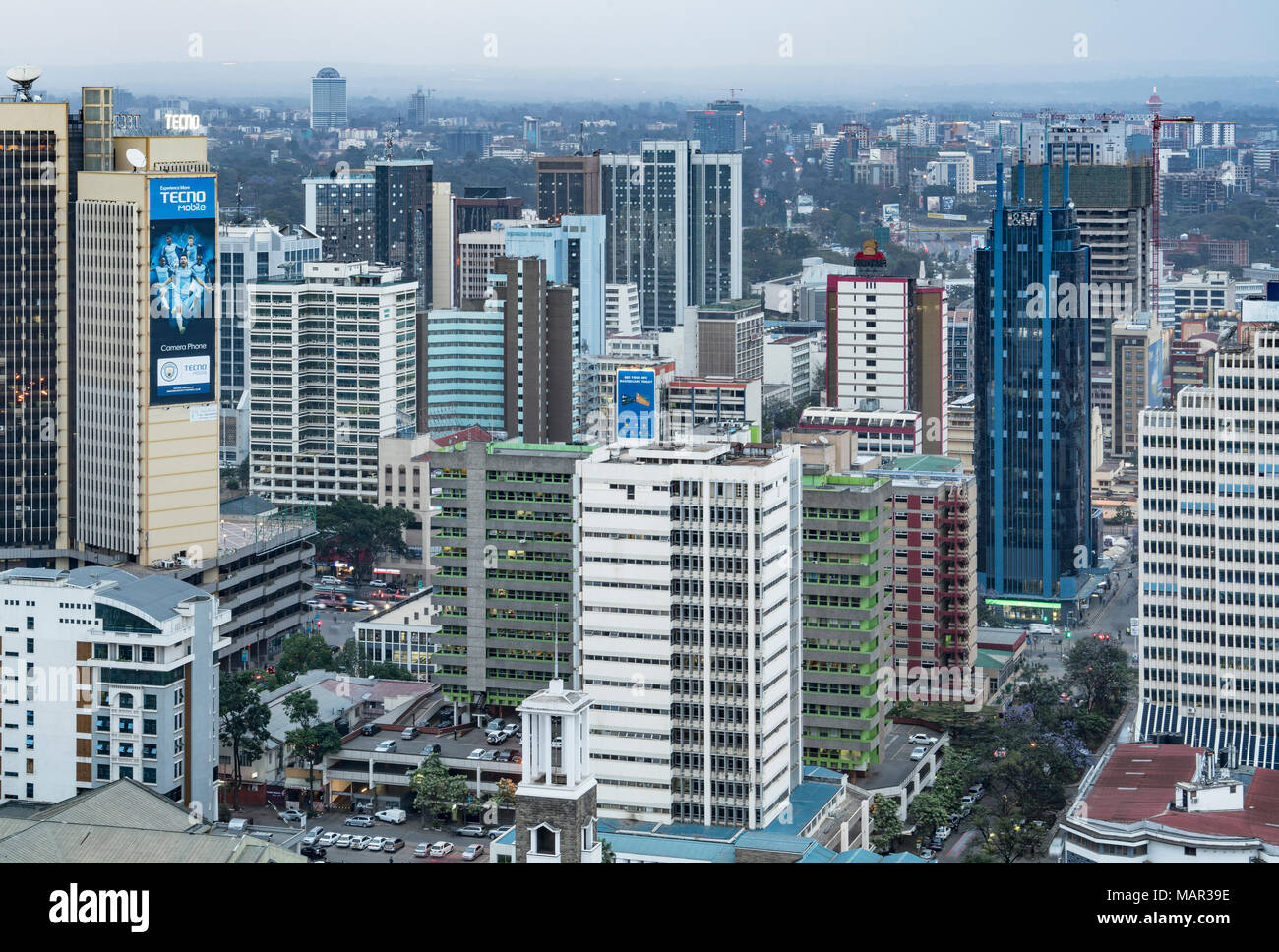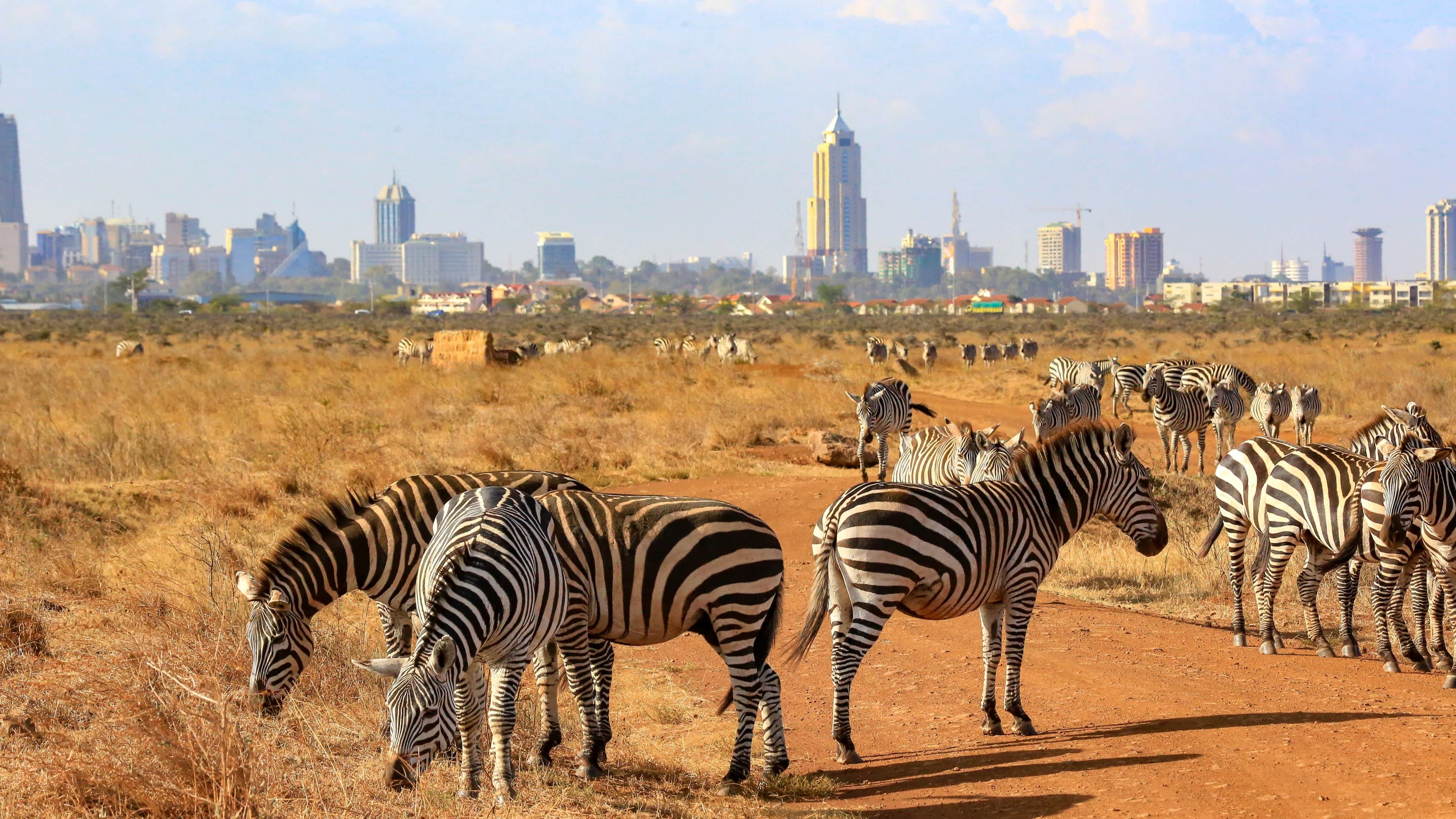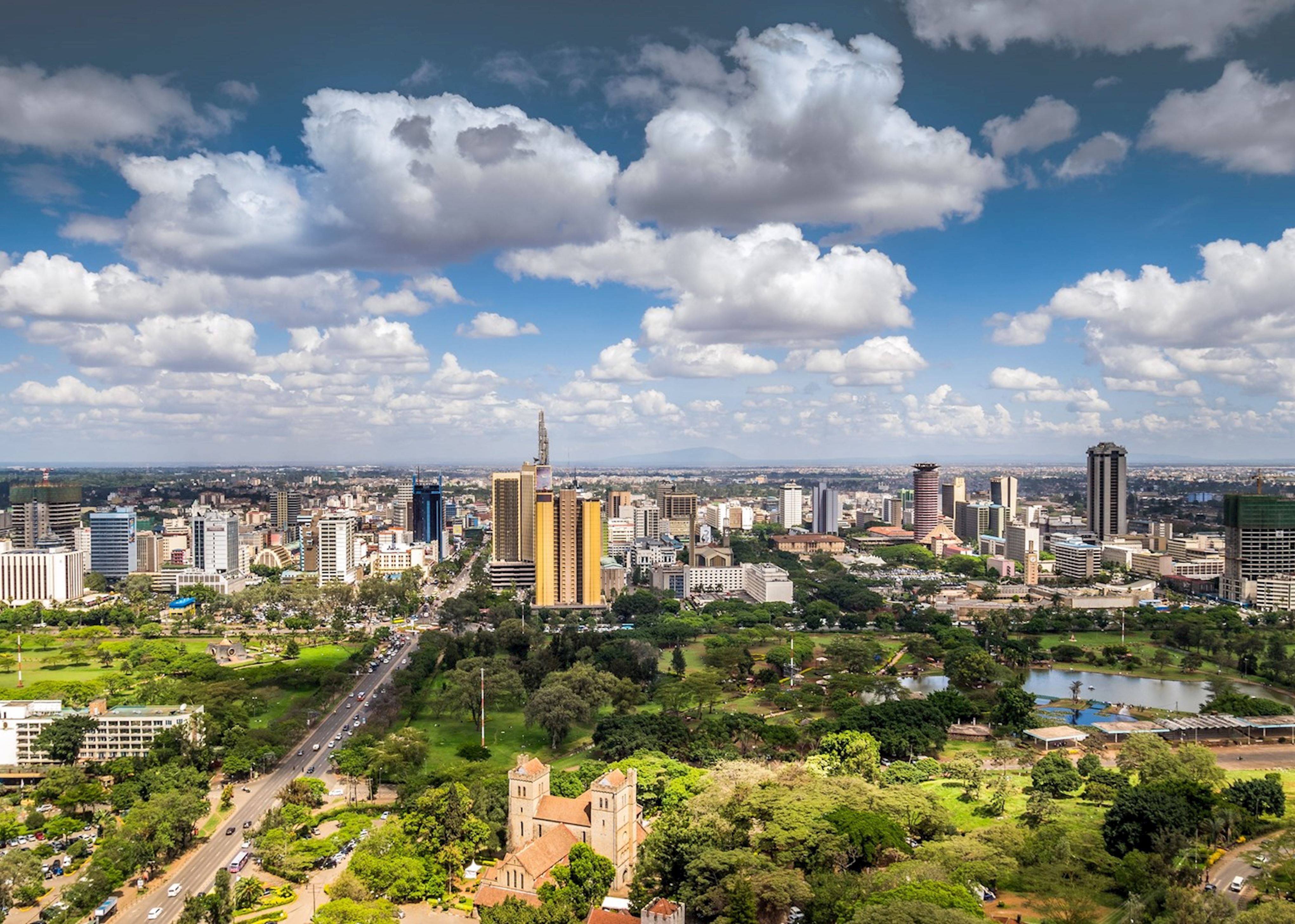Nairobi East: A Vibrant and Growing Region
Nairobi East is a dynamic and rapidly developing region located in the eastern part of Kenya's capital city, Nairobi. It encompasses several neighborhoods, including Embakasi, Umoja, and Kayole, and is known for its diverse population, affordable housing, and growing economic opportunities.
The region has a rich history, with its roots in the colonial era. After Kenya's independence in 1963, Nairobi East became a hub for industrial development and attracted a large number of migrants from rural areas. Today, it remains an important industrial and commercial center, with a mix of established businesses and emerging startups.
One of the key attractions of Nairobi East is its affordability. Housing prices are generally lower than in other parts of Nairobi, making it an attractive option for first-time homebuyers and families on a budget. The region also offers a wide range of amenities, including schools, hospitals, shopping malls, and recreational facilities.
In recent years, Nairobi East has experienced significant growth and development. The construction of the Eastern Bypass has improved connectivity to other parts of the city, and the area has seen an influx of new residents and businesses. The region is also home to several universities and colleges, making it a hub for higher education.
As Nairobi East continues to grow and develop, it is expected to play an increasingly important role in the city's economy and social fabric. Its diverse population, affordable housing, and growing economic opportunities make it an attractive destination for residents and businesses alike.
Nairobi East
Nairobi East, a dynamic and growing region in Kenya's capital city, is characterized by several essential aspects:
- Diverse population
- Affordable housing
- Growing economy
- Industrial hub
- Educational opportunities
- Improved infrastructure
- Cultural heritage
- Future potential
Nairobi East's diverse population is a reflection of Kenya's rich cultural heritage, with people from all walks of life calling the region home. The affordable housing options have made it a popular destination for first-time homebuyers and families on a budget. The region's growing economy is driven by a mix of established businesses and emerging startups, particularly in the industrial sector. Nairobi East is also home to several universities and colleges, making it a hub for higher education and research.
The recent construction of the Eastern Bypass has significantly improved connectivity to other parts of the city, making Nairobi East more accessible than ever before. The region has a rich cultural heritage, with several historical sites and cultural landmarks. As Nairobi East continues to grow and develop, its future potential is vast. It is expected to play an increasingly important role in the city's economy and social fabric.
1. Diverse population
Nairobi East is known for its diverse population, a reflection of Kenya's rich cultural heritage. People from all walks of life call the region home, creating a vibrant and inclusive community.
- Cultural diversity
Nairobi East is home to people from different ethnic groups, each with their own unique traditions and customs. This cultural diversity is reflected in the region's food, music, and art. - Economic diversity
Nairobi East is home to people from all socioeconomic backgrounds. The region's affordable housing options have made it a popular destination for first-time homebuyers and families on a budget. At the same time, the region's growing economy has attracted a number of wealthy professionals and entrepreneurs. - Religious diversity
Nairobi East is home to people of different religions, including Christianity, Islam, and Hinduism. The region's religious diversity is reflected in the number of churches, mosques, and temples that can be found in the area. - Educational diversity
Nairobi East is home to people with different educational backgrounds. The region's universities and colleges attract students from all over Kenya and beyond. This educational diversity contributes to the region's vibrant intellectual and cultural scene.
Nairobi East's diverse population is one of its greatest strengths. It creates a vibrant and inclusive community where people from all walks of life can feel at home. The region's diversity also contributes to its economic and social development.
2. Affordable housing in Nairobi East
Nairobi East is known for its affordable housing options, making it a popular destination for first-time homebuyers and families on a budget. There are several factors that contribute to the affordability of housing in Nairobi East:
- Government policies
The Kenyan government has implemented several policies to make housing more affordable for low-income earners. These policies include providing subsidies for housing construction and land acquisition, and regulating rent prices. - Land availability
Nairobi East has a relatively large supply of land available for development, which helps to keep land prices affordable. This is in contrast to other parts of Nairobi, where land is scarce and expensive. - Construction costs
The cost of construction in Nairobi East is relatively low compared to other parts of Nairobi. This is due to the availability of local materials and labor. - Developer incentives
The Nairobi City County government offers incentives to developers who build affordable housing units. These incentives include tax breaks and reduced development fees.
The combination of these factors has made Nairobi East an attractive destination for developers and homebuyers alike. The region's affordable housing options have contributed to its rapid growth and development.
3. Growing economy
Nairobi East's growing economy is a major driver of its development. The region has a diverse and vibrant economy, with a mix of established businesses and emerging startups. Several factors have contributed to the region's economic growth, including:
- Industrial development
Nairobi East is home to several industrial areas, which have attracted a number of businesses and created jobs. The region's proximity to the Jomo Kenyatta International Airport and the Mombasa-Nairobi highway has made it a strategic location for businesses. - Commercial development
Nairobi East has experienced a boom in commercial development in recent years. Several shopping malls and retail centers have been built in the region, catering to the growing population. - Real estate development
The construction of affordable housing units in Nairobi East has attracted a number of investors and developers. The region's growing population and demand for housing have made it a profitable area for real estate development. - Education and innovation
Nairobi East is home to several universities and colleges, which are producing a skilled workforce for the region's businesses. The region is also home to a number of research institutions, which are developing new technologies and innovations.
Nairobi East's growing economy is having a positive impact on the region's development. The region is becoming a more attractive place to live and work, and is playing an increasingly important role in the city's economy.
4. Industrial hub
Nairobi East is a major industrial hub in Kenya, with a diverse range of industries operating in the region. These industries play a vital role in the region's economy, providing jobs and supporting businesses. Some of the key industries in Nairobi East include:
- Manufacturing
Nairobi East is home to a number of manufacturing companies, producing a wide range of products, including food, beverages, textiles, and electronics. These companies benefit from the region's proximity to raw materials, transportation infrastructure, and skilled labor.
- Construction
The construction industry is another major employer in Nairobi East. The region's growing population and demand for housing have led to a boom in construction activity. This industry is supported by a number of local suppliers of building materials and skilled construction workers.
- Logistics and transportation
Nairobi East is a major transportation hub, with the Jomo Kenyatta International Airport and the Mombasa-Nairobi highway located in the region. This has made it a strategic location for logistics and transportation companies. These companies provide essential services to businesses in Nairobi East and throughout Kenya.
- Information and communication technology
Nairobi East is home to a growing number of information and communication technology (ICT) companies. These companies provide a range of services, including software development, data processing, and telecommunications. The region's universities and colleges are producing a skilled workforce for the ICT industry.
The industrial hub of Nairobi East is a major driver of the region's economy. These industries provide jobs, support businesses, and contribute to the overall development of the region.
5. Educational opportunities in Nairobi East
Nairobi East is home to a number of educational institutions, including universities, colleges, and technical training institutes. These institutions offer a wide range of educational programs, from primary and secondary education to undergraduate and postgraduate degrees. The presence of these educational institutions has made Nairobi East a hub for higher education in Kenya.
Educational opportunities are essential for the development of Nairobi East. They provide the skills and knowledge that residents need to get good jobs and contribute to the economy. Education also helps to reduce poverty and improve health outcomes. In addition, education can help to promote social cohesion and reduce crime.
There are a number of challenges to providing educational opportunities in Nairobi East. One challenge is the lack of resources. Many schools in the region are underfunded and lack basic facilities such as libraries, laboratories, and computers. Another challenge is the high cost of education. Many families in Nairobi East cannot afford to send their children to private schools, and public schools are often overcrowded.
Despite these challenges, there are a number of organizations working to improve educational opportunities in Nairobi East. These organizations provide scholarships, build schools, and train teachers. They are making a real difference in the lives of many children in the region.
Educational opportunities are essential for the development of Nairobi East. They provide the skills and knowledge that residents need to get good jobs and contribute to the economy. Education also helps to reduce poverty, improve health outcomes, and promote social cohesion.
6. Improved infrastructure
Nairobi East has experienced significant improvements in infrastructure in recent years. These improvements have played a major role in the region's development, making it a more attractive place to live and work.
- Transportation
The construction of the Eastern Bypass has greatly improved transportation in Nairobi East. The bypass connects the region to other parts of the city, making it easier for residents to get to work, school, and other destinations. In addition, the region is served by a number of public transportation options, including buses and matatus.
- Water and sanitation
Access to clean water and sanitation has improved significantly in Nairobi East. The Nairobi City Water and Sewerage Company has invested in new water pipelines and sanitation facilities in the region. This has helped to reduce the incidence of waterborne diseases and improve the overall health of the community.
- Energy
The Kenya Power and Lighting Company has invested in new power lines and transformers in Nairobi East. This has improved the reliability of electricity supply in the region, making it more attractive for businesses and residents.
- Telecommunications
Nairobi East has seen a significant improvement in telecommunications infrastructure in recent years. The region is now covered by a number of mobile phone networks and internet providers. This has made it easier for residents to stay connected with friends and family, and to access information and services online.
The improved infrastructure in Nairobi East has had a positive impact on the region's development. It has made the region more attractive for businesses and residents, and has contributed to the overall improvement in the quality of life.
7. Cultural heritage
Nairobi East has a rich cultural heritage, reflecting the diverse population that calls the region home. The region is home to a number of historical sites and cultural landmarks, including:
- The Dandora Dumpsite Museum: This museum is located on the site of the former Dandora dumpsite. It tells the story of the people who lived and worked on the dumpsite, and the environmental challenges that they faced.
- The Umoja Cultural Village: This village is a living museum that showcases the traditional culture of the Akamba people. Visitors can learn about Akamba history, music, dance, and crafts.
- The East African Art Centre: This centre showcases the work of contemporary East African artists. It is a great place to learn about the region's art and culture.
Nairobi East's cultural heritage is an important part of the region's identity. It is a source of pride for the people who live there, and it attracts visitors from all over Kenya and beyond.
The region's cultural heritage is also a valuable asset for the local economy. Tourism is a major industry in Nairobi East, and many visitors come to the region to experience its unique culture. In addition, the region's cultural heritage is a source of inspiration for local artists and entrepreneurs.
Nairobi East's cultural heritage is a valuable part of the region's identity and economy. It is important to preserve and promote this heritage so that future generations can enjoy it.
8. Future potential
Nairobi East has a bright future potential. The region's young and growing population, its diverse economy, and its strategic location make it well-positioned for continued growth and development.
One of the key factors driving Nairobi East's future potential is its young and growing population. The region has a median age of 25, and over half of its population is under the age of 30. This young population is a valuable asset for the region, as it provides a large pool of potential workers and entrepreneurs.
Another factor contributing to Nairobi East's future potential is its diverse economy. The region is home to a mix of industries, including manufacturing, construction, logistics, and information technology. This diversity makes the region less vulnerable to economic downturns, and it provides opportunities for a wide range of workers.
Finally, Nairobi East's strategic location is another factor that contributes to its future potential. The region is located on the eastern edge of Nairobi, and it is close to the Jomo Kenyatta International Airport and the Mombasa-Nairobi highway. This location makes the region attractive for businesses and investors, as it provides easy access to transportation and markets.
Overall, Nairobi East has a bright future potential. The region's young and growing population, its diverse economy, and its strategic location make it well-positioned for continued growth and development.
Frequently Asked Questions about Nairobi East
This section provides answers to some of the most frequently asked questions about Nairobi East, Kenya.
Question 1: What is Nairobi East?
Answer: Nairobi East is a region located in the eastern part of Nairobi, Kenya's capital city. It is known for its diverse population, affordable housing, and growing economic opportunities.
Question 2: What is the population of Nairobi East?
Answer: The population of Nairobi East is estimated to be over 1 million people.
Question 3: What are the main industries in Nairobi East?
Answer: The main industries in Nairobi East include manufacturing, construction, logistics, and information technology.
Question 4: What are the transportation options in Nairobi East?
Answer: Nairobi East is served by a number of transportation options, including buses, matatus, and trains. The region is also home to the Jomo Kenyatta International Airport.
Question 5: What are the educational opportunities in Nairobi East?
Answer: Nairobi East is home to a number of educational institutions, including universities, colleges, and technical training institutes.
We hope this FAQ section has been helpful in answering some of your questions about Nairobi East. For more information, please visit the Nairobi City County website.
Additional resources:
- Nairobi City County website
- Kenya National Bureau of Statistics website
Conclusion
Nairobi East is a vibrant and growing region with a rich history and a bright future. The region's diverse population, affordable housing, and growing economic opportunities make it an attractive destination for residents and businesses alike.
As Nairobi East continues to grow and develop, it is expected to play an increasingly important role in the city's economy and social fabric. The region's young and growing population, its diverse economy, and its strategic location make it well-positioned for continued success.


